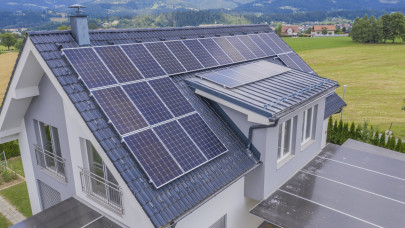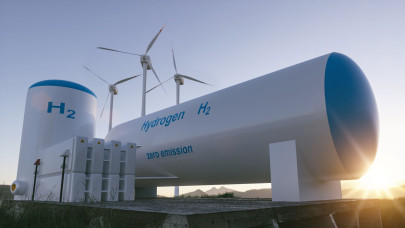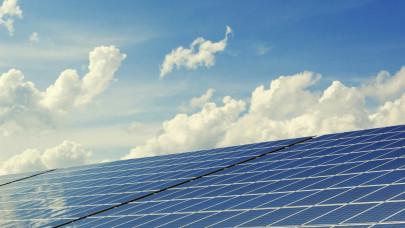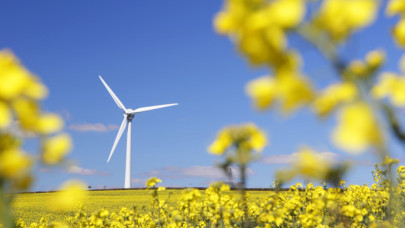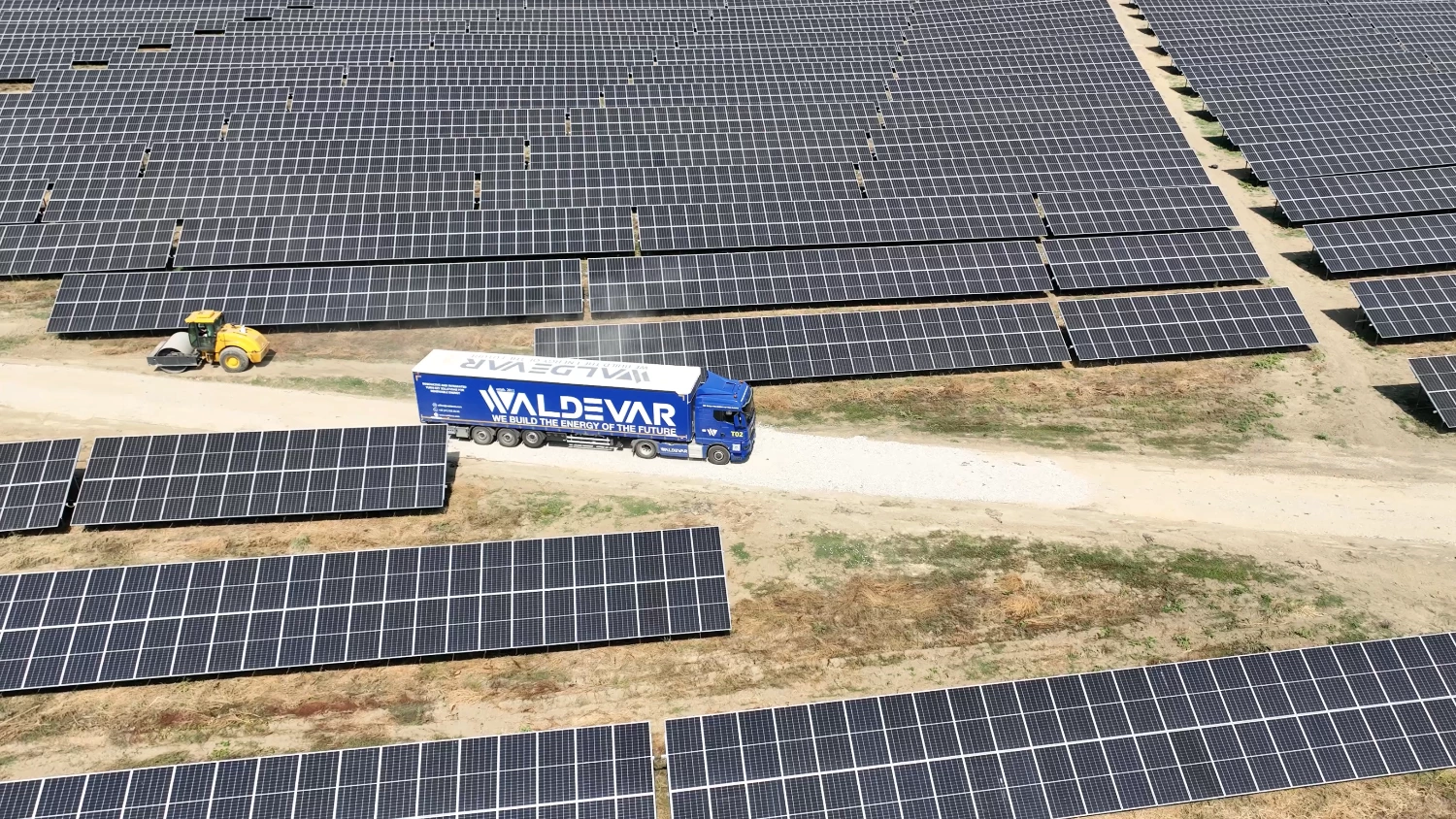Fossil fuel generation in the first half of 2024 fell to a new low of 17%, despite a rebound in demand after two years of decline. As a result, the EU's emissions in the first half of the year are now nearly a third lower than in the first half of 20according to a study by fClean Energyergy think tank Eadds.
Demand is forecast to grow by around 4%, up from 2.5% in 2023 – the highest annual growth rate in the past two decades, excluding the rebounds after the global financial crisis and the COVID-19 pandemic. The growth is driven by factors including strong economic activity, increased use of air conditioning amid intense heat waves, and increasing uptake of technologies like electric vehicles and heat pumps.
Renewable electricity sources are expected to expand rapidly, with their share of global supply forecast to rise from 30% in 2023 to 35% in 2025. Solar PV alone is expected to meet about half of the growth in demand.
However, despite this rise in renewables, coal power generation is unlikely to decline this year due to high demand, the IEA says. This will result in a slight increase in power sector emissions in 2024 before a decline in 2025.
“It's encouraging to see clean energy's share of the electricity mix continuing to rise, but this needs to happen at a much faster rate to meet international energy and climate goals,” Keisuke Sadamori, IEA Director of Energy Markets and Security, said in a release accompanying the report. A reliable and secure electricity supply and measures to implement higher energy efficiency will be crucial, he added.
A greener economy could generate more than 3 million jobs across Africa by 2030, with 70% of the projected jobs in the renewable energy sector, a new report says.
China's daily crude oil imports in July fell to their lowest since September 2022, Reuters reports. It comes amid weaker fuel demand in the country.
The UK may need to build new gas-fired power stations to decarbonize its grid by 2030, The Guardian reports. A new study says this new capacity, needed to provide a required rise in baseload electricity, should be made “low-carbon ready”.
Oil and gas facilities in the US could be emitting four times the amount of methane gas than regulators estimate, a new study suggests.


